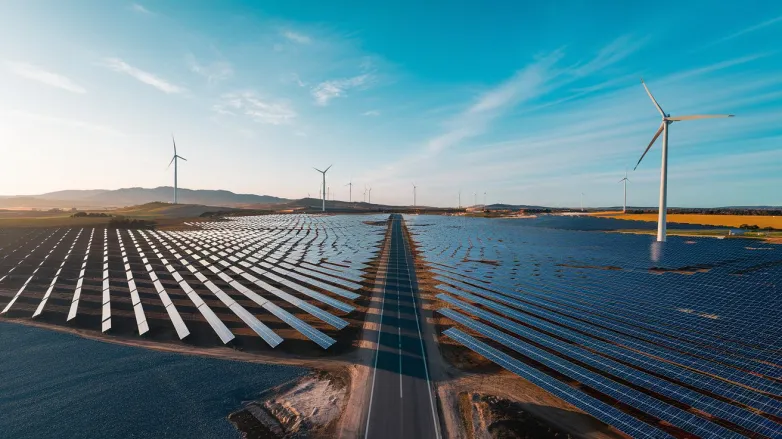Maharashtra Fast-Tracks 5-GW Solar Scheme to Electrify Farm Feeders Statewide
- Maharashtra orders 5 GW of agri-feeder solar by Sept 2025, promising cheaper, diesel-free power for thousands of village irrigation pumps.

Maharashtra’s chief minister Devendra Fadnavis has slapped an ambitious deadline on one of India’s largest distributed-solar programmes, instructing officials to commission 5 GW of farm-feeder photovoltaic plants by September 2025 under the revamped Saur Krushi Vahini Yojana 2.0. The order, issued during a high-level review in Mumbai this week, demands land clearances, grid-links and security fencing be completed “on war footing” so that every irrigation feeder in the state can switch from erratic grid supply or pricey diesel to locally generated solar power.
The agri-feeder concept is simple: build a medium-sized PV park—usually 0.5-2 MW—next to a rural sub-station and funnel the output directly into daytime irrigation lines. Farmers get reliable electricity when they actually need it; the utility avoids transmission losses and peak-hour demand spikes. Maharashtra pioneered the model in 2018, but bureaucratic delays, land-title disputes and equipment theft slowed roll-out to barely 1.2 GW. Fadnavis now wants the remaining 3.8 GW standing within 14 months.
To hit the target, district collectors have been told to fast-track site leases and resolve encroachments within 30 days. The Forest Department will issue instant no-objection certificates for projects on scrubland, while police units are to map theft-prone feeders and install remote CCTV. Power utility MSEDCL, meanwhile, must tender engineering contracts in 200-MW tranches and pre-book transformers to dodge supply-chain lags.
Analysts say a single-state push of this scale could slash diesel pump use by 1 billion litres a year, saving farmers at least ₹7,000 crore in fuel and subsidy costs while cutting 3 million tonnes of CO₂. The scheme also becomes a bellwether for India’s ambition to install 50 GW of distributed solar by 2030—a third of it on agricultural feeders. If Maharashtra pulls it off, other populous states from Gujarat to Uttar Pradesh are expected to copy-paste the playbook.
For villagers across Vidarbha and Marathwada, success will be felt not in policy briefs but in quieter nights: fewer midnight pump runs, lower power bills and crops watered by sunshine captured just beyond the fence.
Also read

